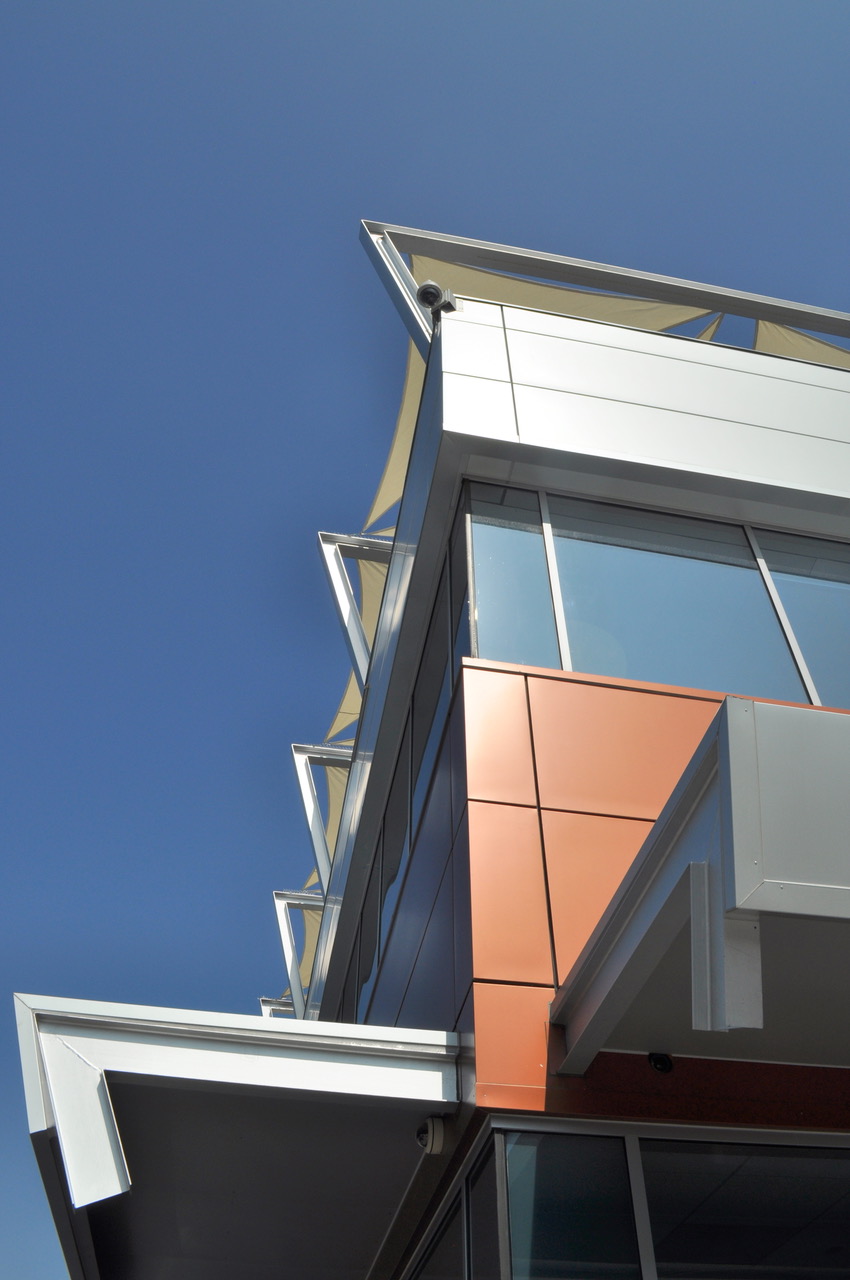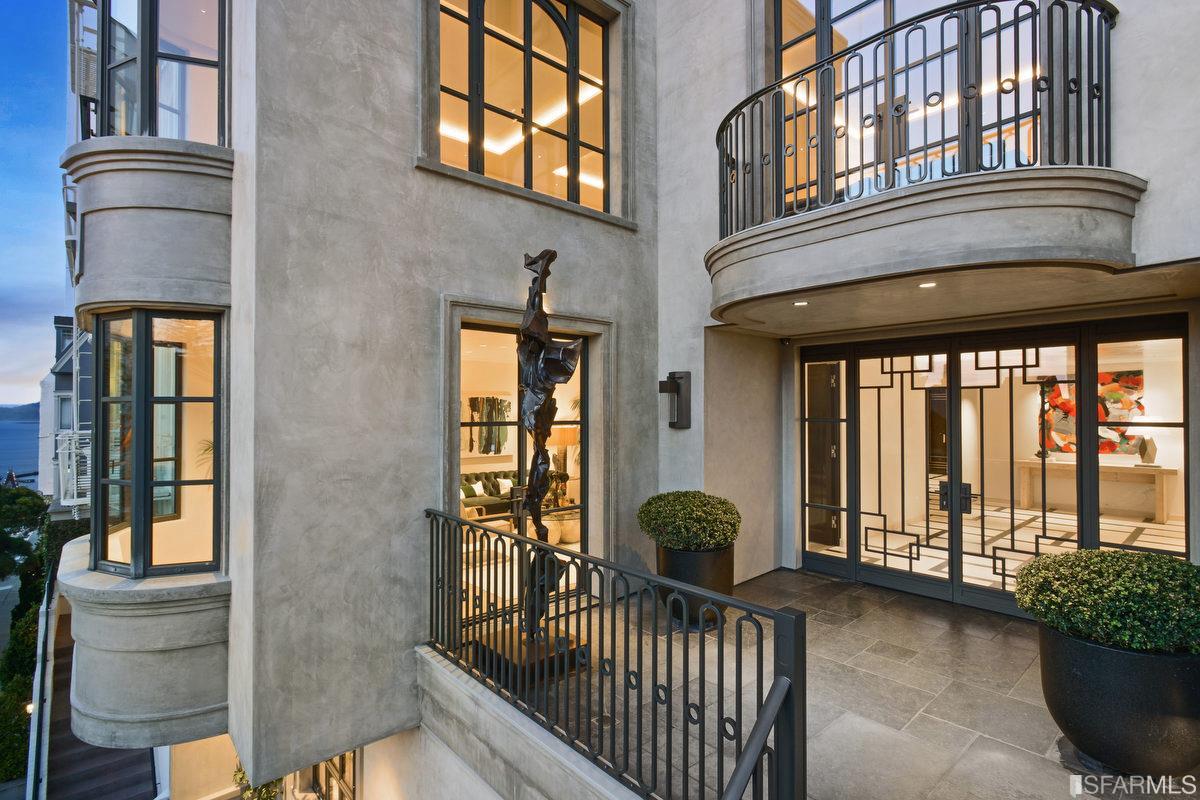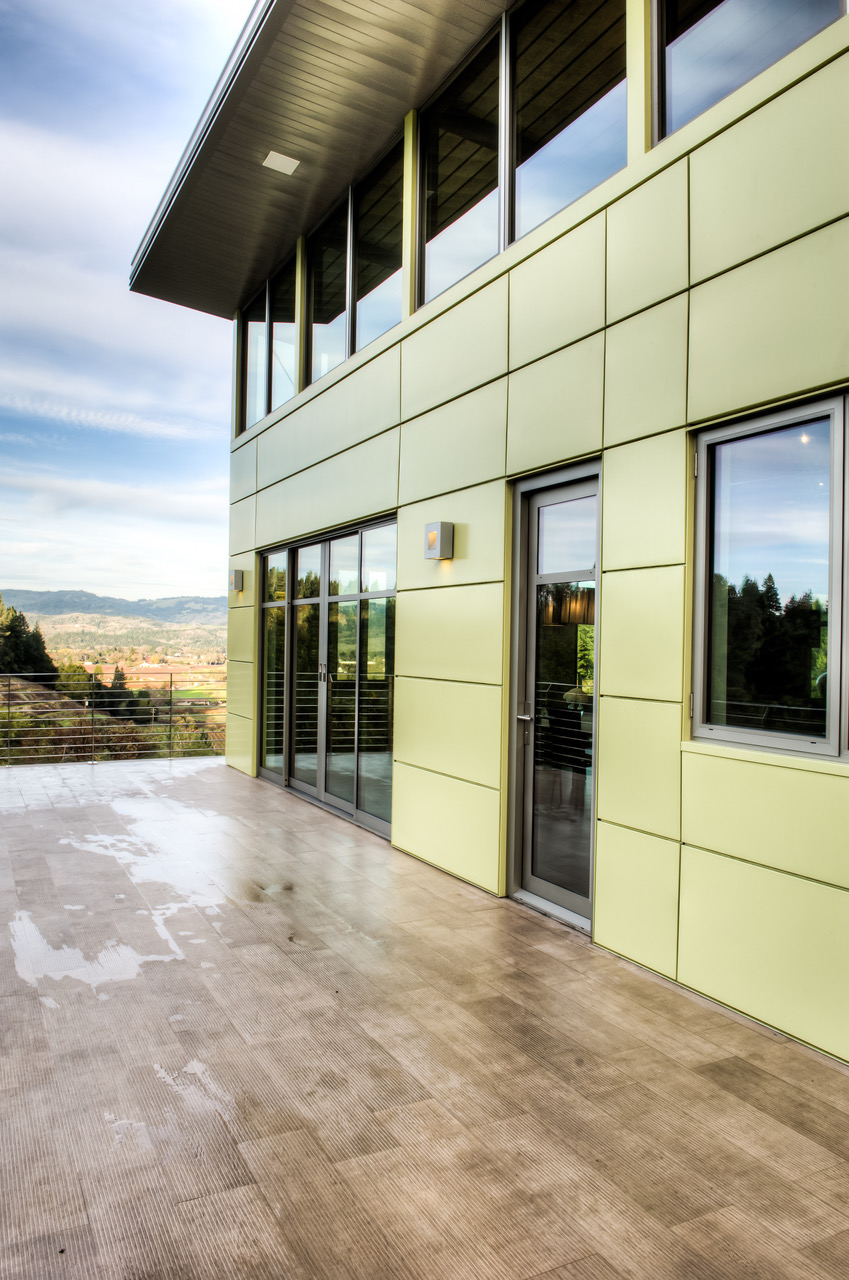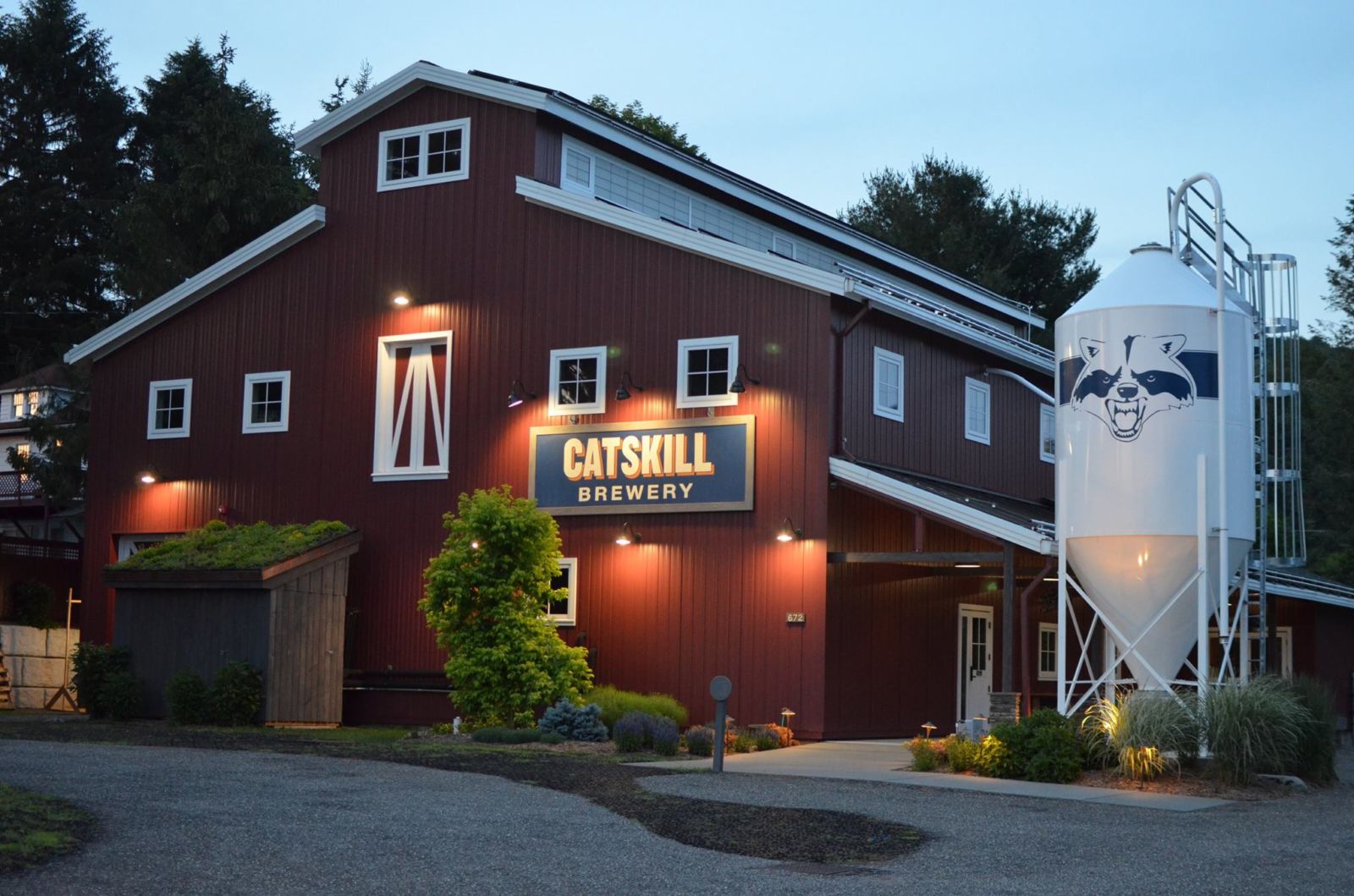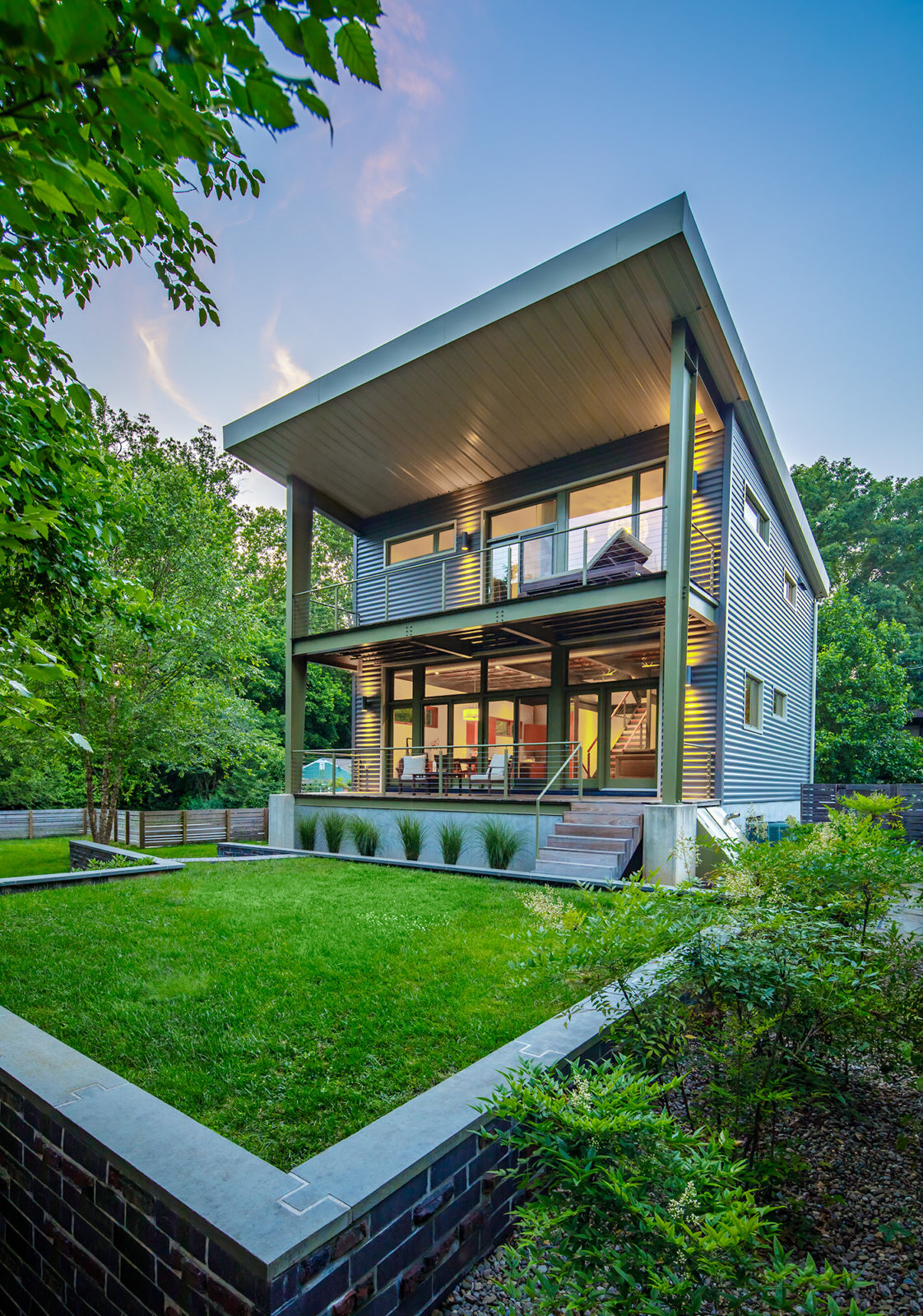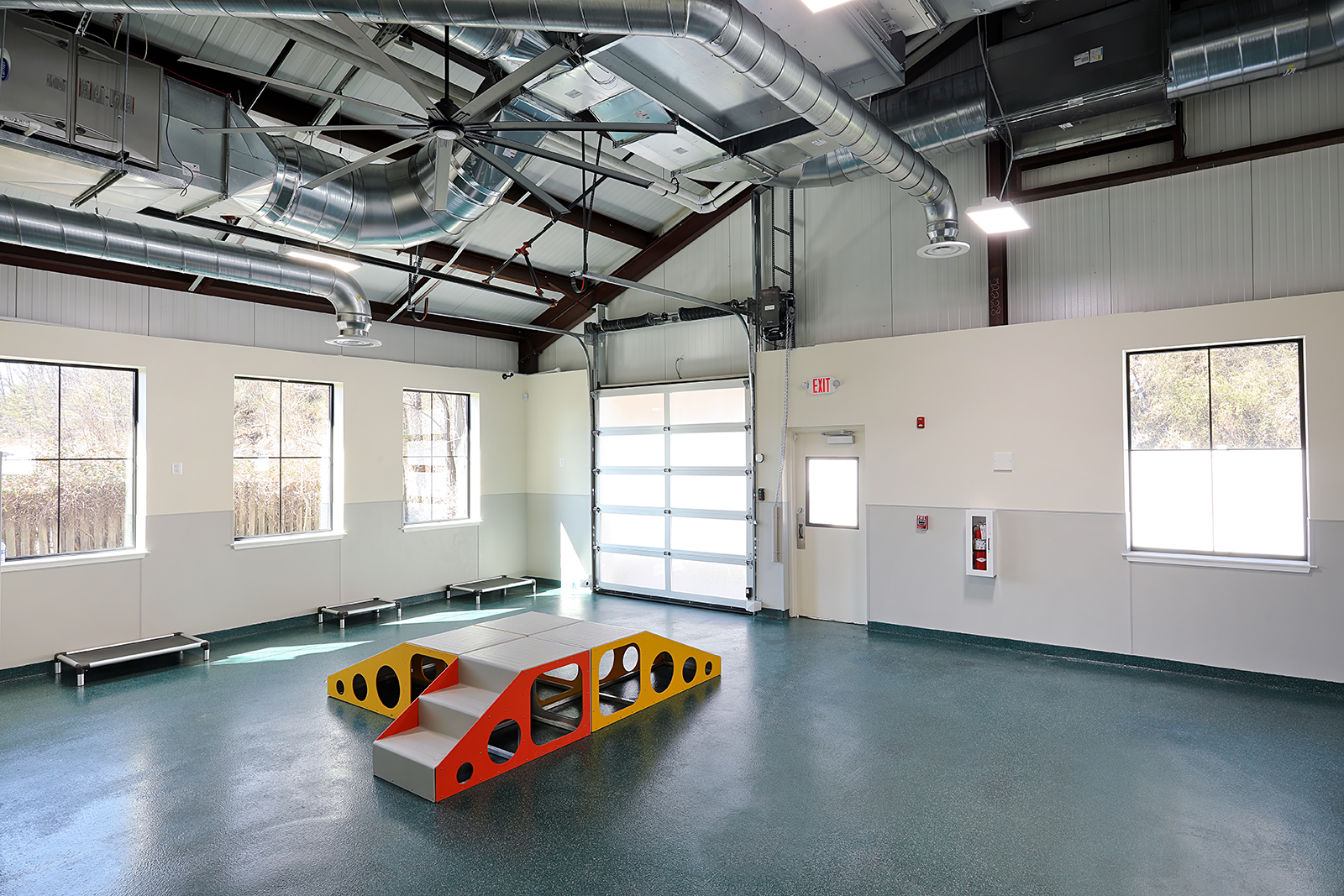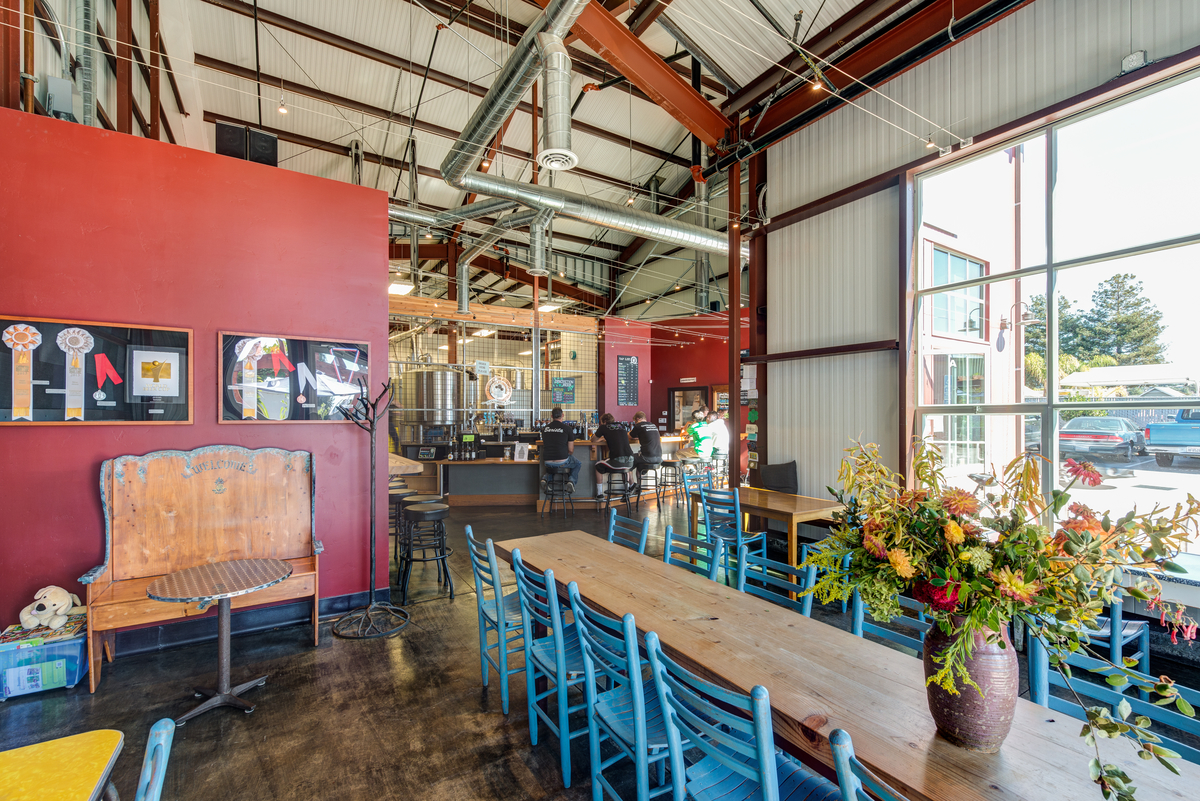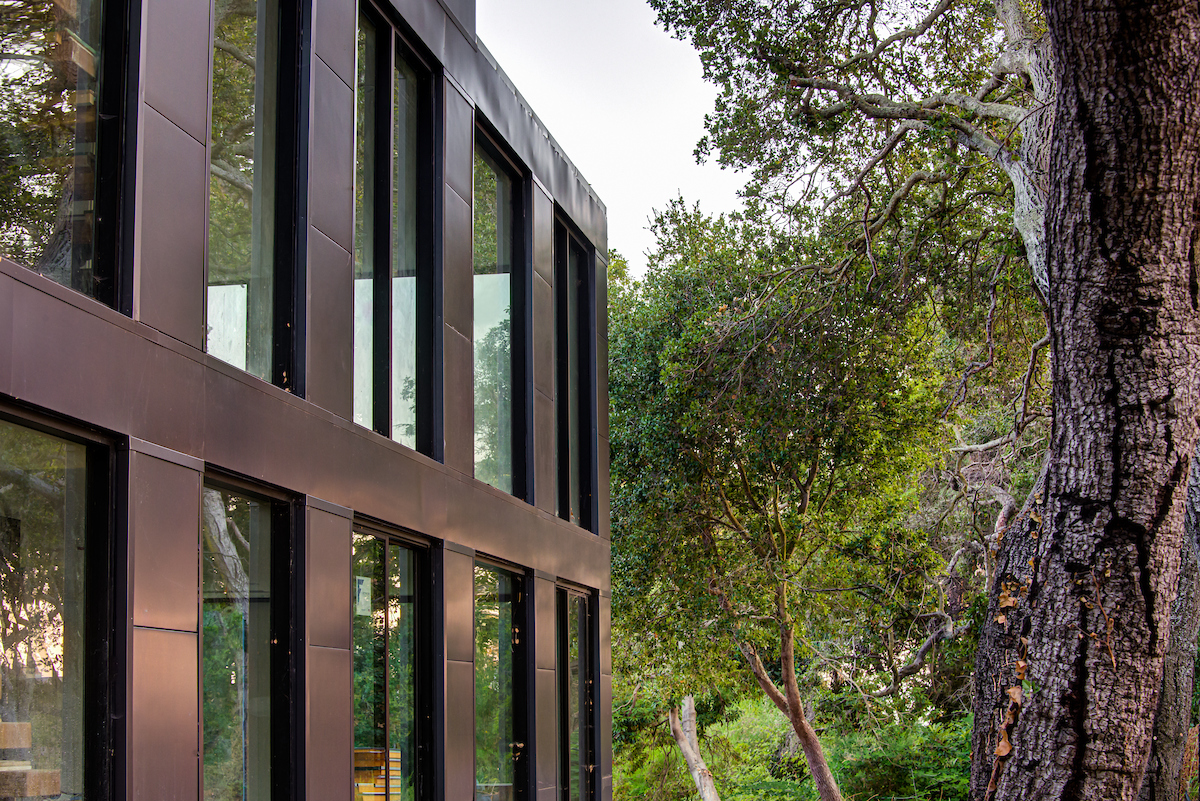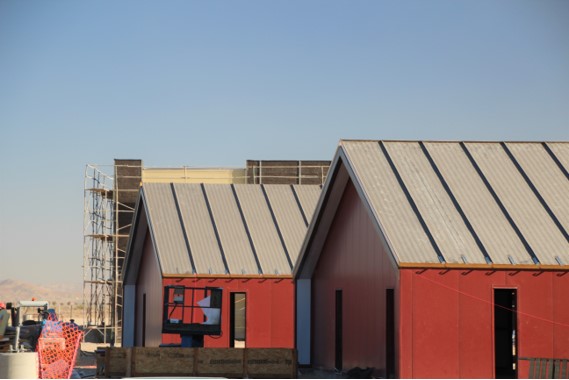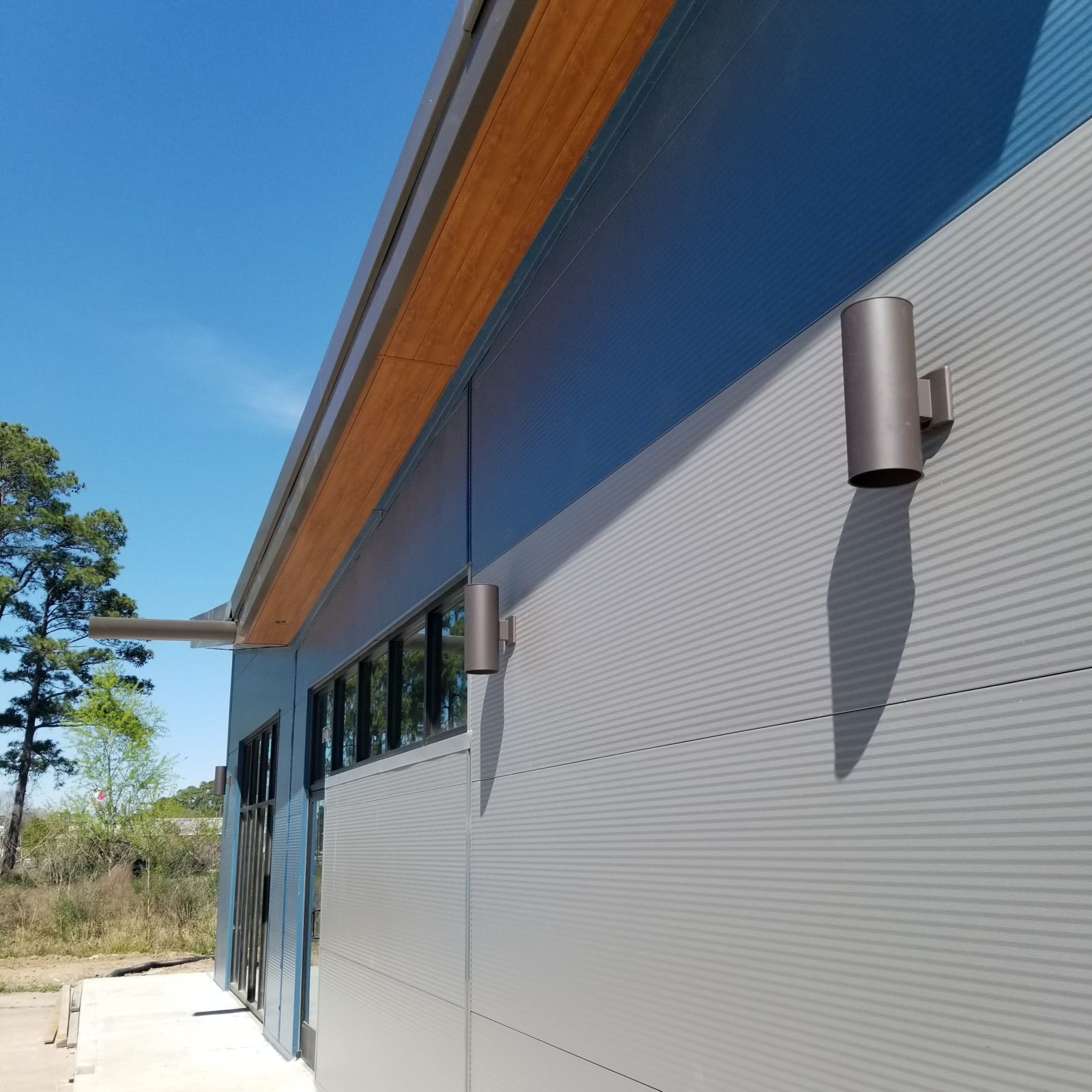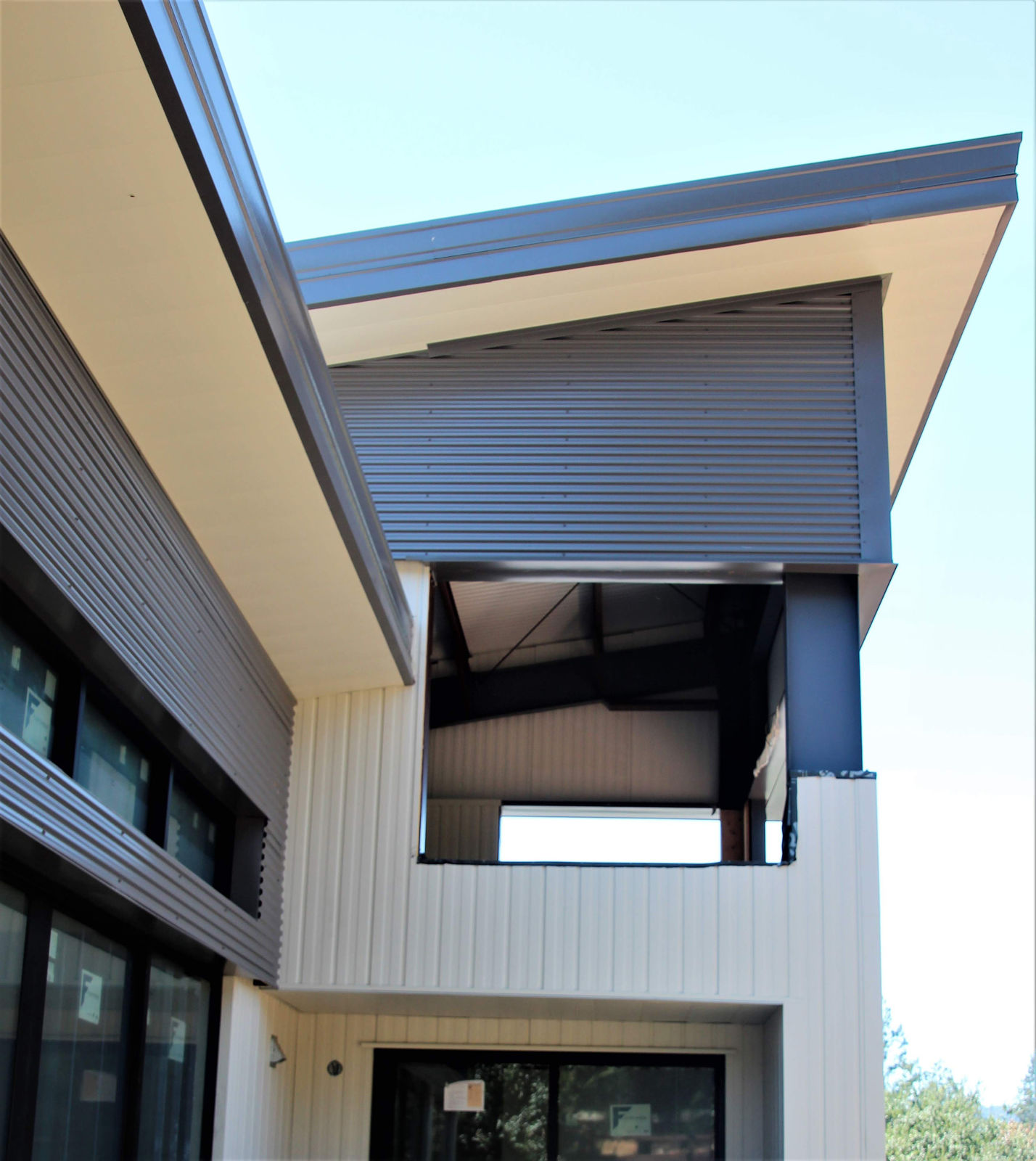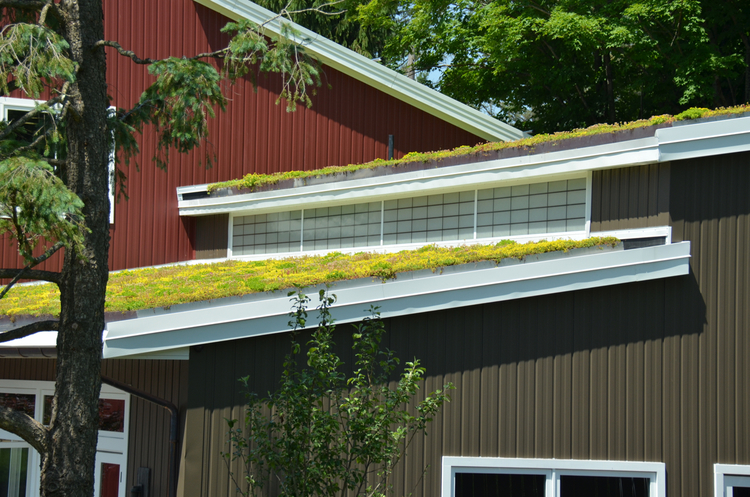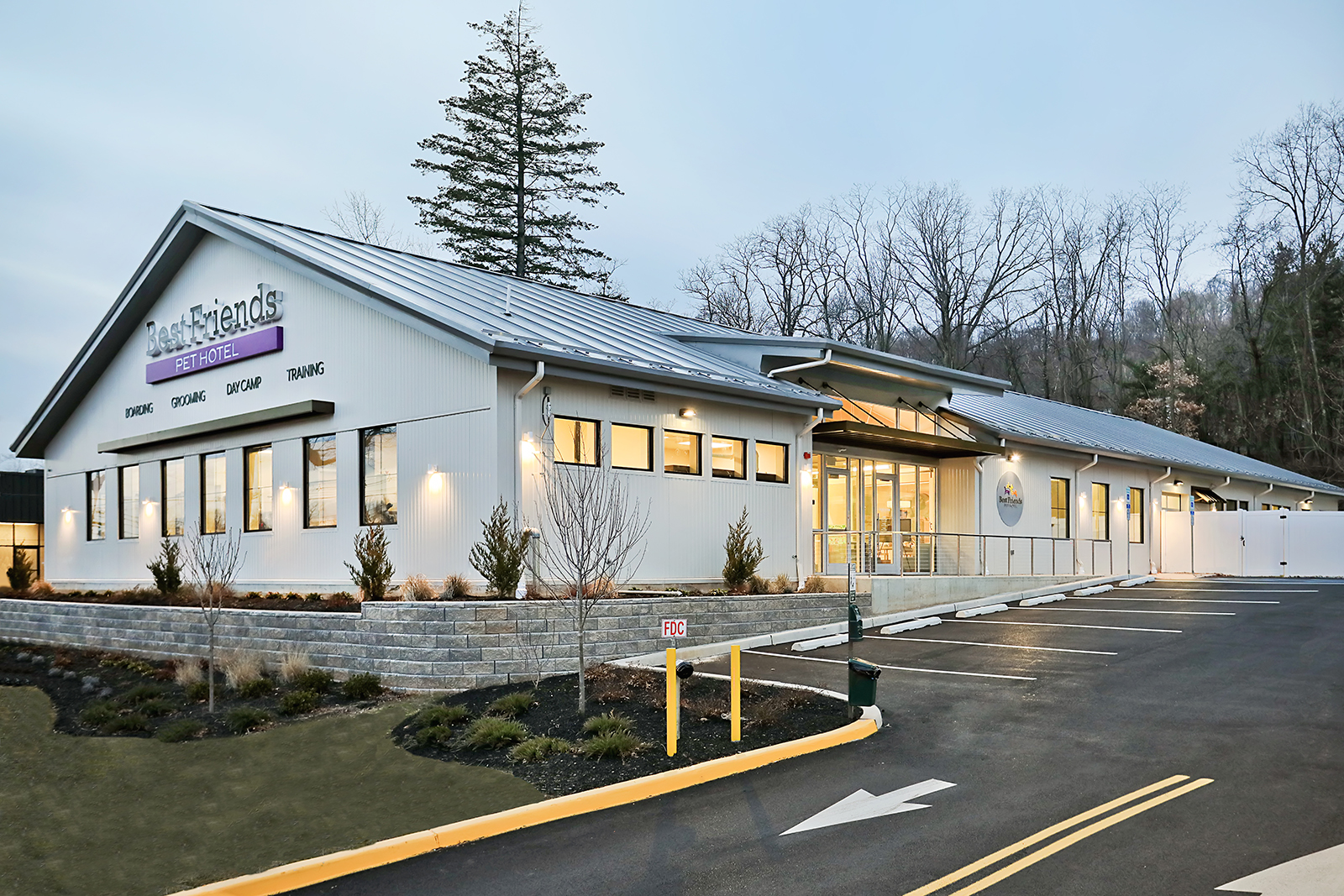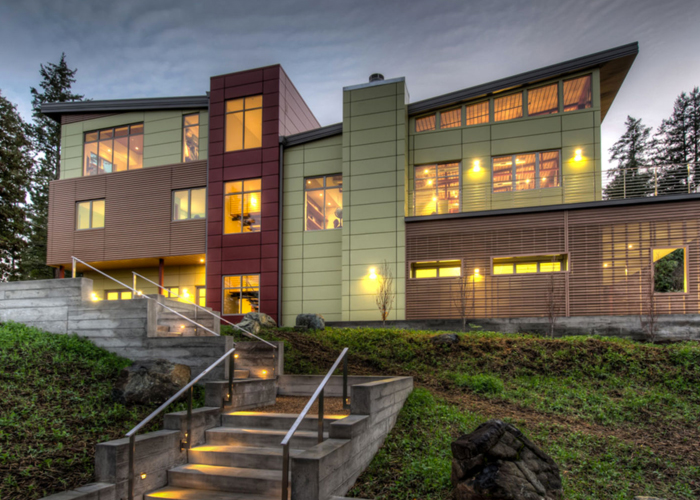How Prefab Metal Buildings Achieve Faster Construction and Higher Efficiency
Prefab metal buildings have revolutionized modern construction by offering a blend of speed, efficiency, and cost-effectiveness. These structures are not only durable but also designed to meet diverse needs, from industrial warehouses to commercial garages. Let’s dive into why prefabricated steel buildings are a game-changer and explore their

What Are the Advantages of Prefabricated Steel Structures?
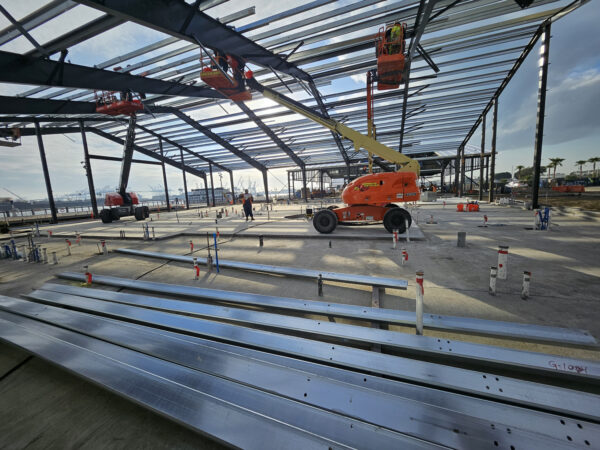
Prefabricated steel structures offer several advantages:
1. Faster Construction: Prefab metal buildings are pre-engineered and manufactured off-site, meaning components arrive ready to assemble. This drastically reduces on-site construction time compared to traditional building methods.
2. Cost-Effectiveness: Pre-engineered parts lower labor costs and minimize material waste, saving money. Additionally, their durability ensures lower maintenance costs in the long run.
3. Customization: These buildings are highly adaptable. Whether you need extra storage, open floor plans, or specific design features, prefab structures can be tailored to fit.
4. Durability and Longevity: Steel resists pests, fire, and extreme weather, making these structures reliable and long-lasting.
To explore the versatility of prefab metal buildings for specific needs, check out Prefab Steel Garages: Durable, Strong, and Convenient Solutions.
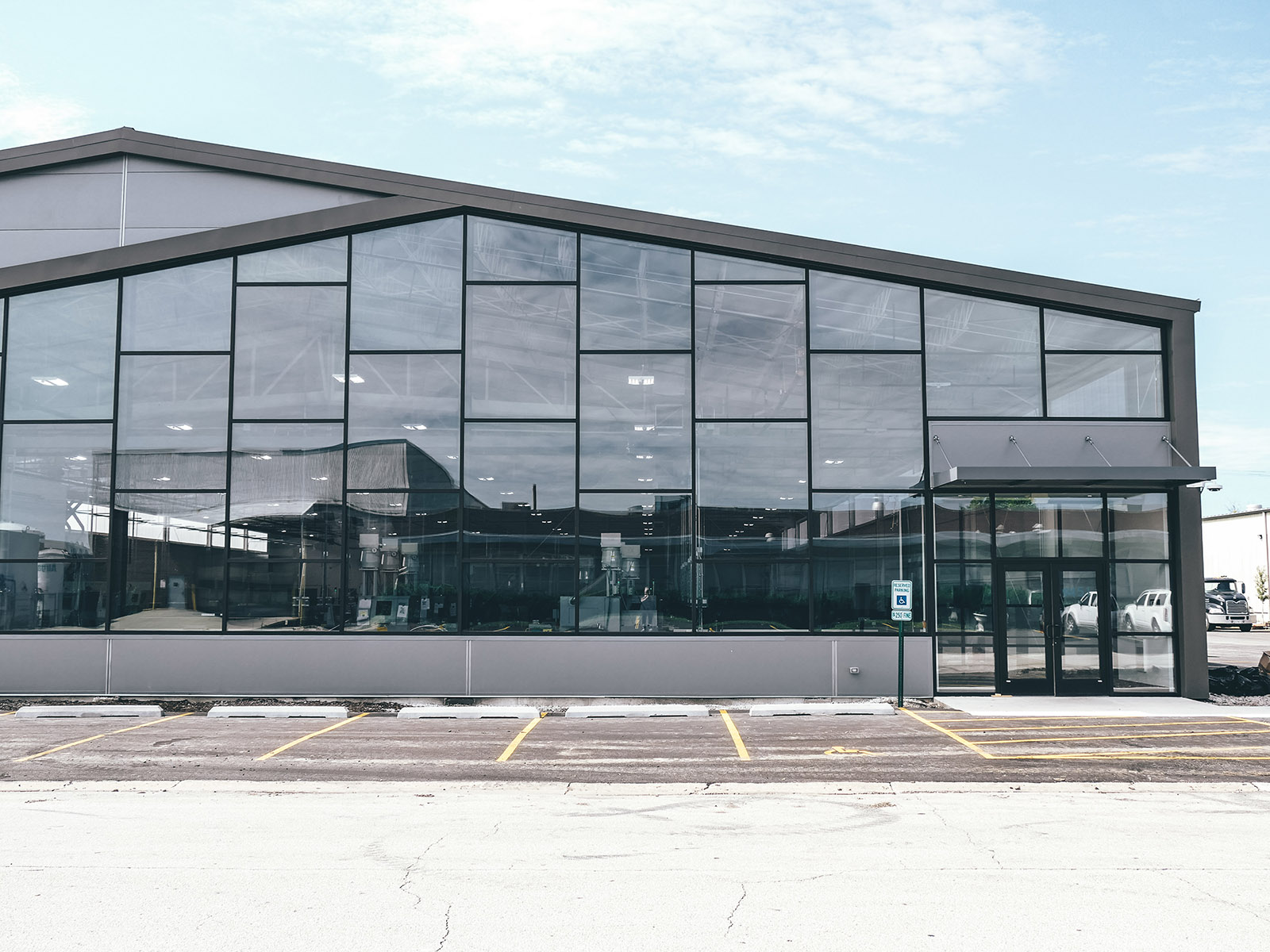
How Long Does It Take to Put Up a Metal Building?
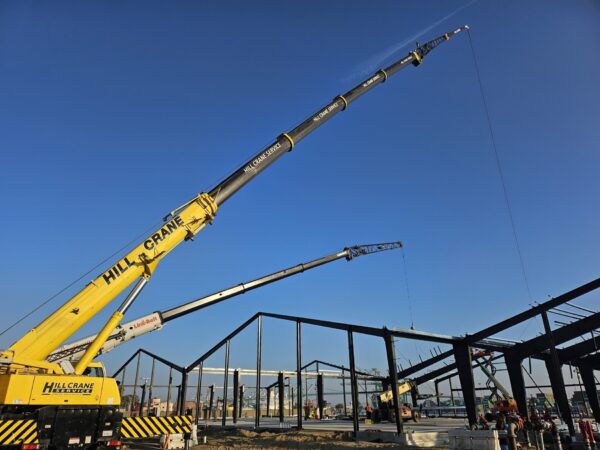
The timeline for constructing a prefab metal building is much shorter than traditional construction. Once the foundation is prepared:
- Small to Medium Buildings: These can take as little as a few days to a couple of weeks to assemble, depending on the complexity.
- Larger Commercial Structures: These typically take a few weeks to complete.
The pre-engineered components and streamlined assembly process make prefab steel buildings an ideal choice for projects with tight deadlines.
How Do You Expand a Metal Building?
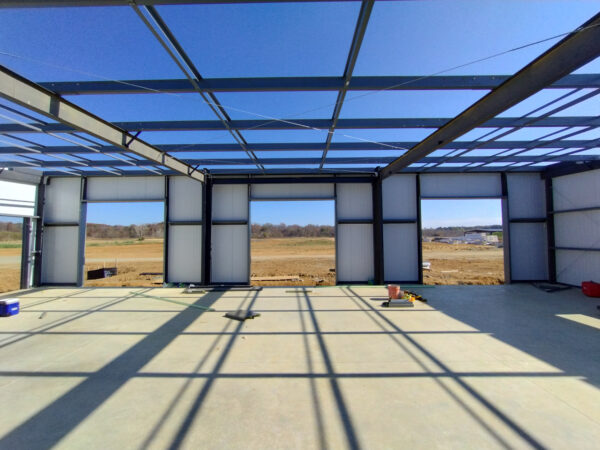
One of the key advantages of prefab metal buildings is their scalability. Expanding these
structures is straightforward:
1. Plan the Expansion: Work with a designer or engineer to create blueprints that align with your building’s existing structure.
2. Add Frames: Steel frames can be added to extend the length or width of the building.
3. Integrate Seamlessly: Prefabricated panels can be easily connected to the existing framework for a cohesive look and feel.
This adaptability makes prefab metal buildings future-proof, accommodating growth without requiring a complete overhaul.
What Is a Pre-Engineered Metal Building?
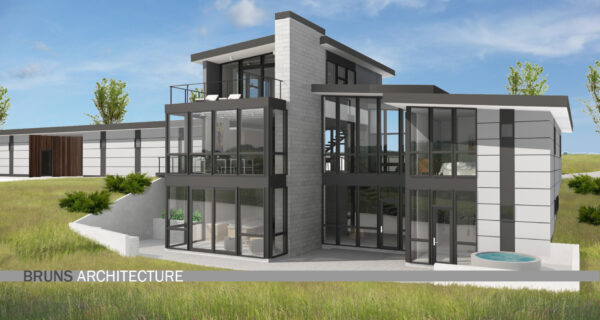
A pre-engineered metal building (PEMB) is a structure designed and manufactured off-site to meet specific requirements. The components are pre-fabricated, shipped to the site, and assembled quickly. Key characteristics of PEMBs include:
- Efficient Design: Optimized for structural integrity and energy efficiency.
- Versatility: Suitable for commercial, industrial, and even residential applications.
- Durability: Engineered to withstand extreme conditions while maintaining structural integrity.
𝑾𝒉𝒚 𝑷𝒓𝒆𝒇𝒂𝒃 𝑴𝒆𝒕𝒂𝒍 𝑩𝒖𝒊𝒍𝒅𝒊𝒏𝒈𝒔 𝑨𝒓𝒆 𝒕𝒉𝒆 𝑭𝒖𝒕𝒖𝒓𝒆
Prefab metal buildings offer unmatched speed, scalability, and efficiency. Their adaptability to various needs, coupled with their durability and cost-effectiveness, ensures they remain a top choice for modern construction projects.
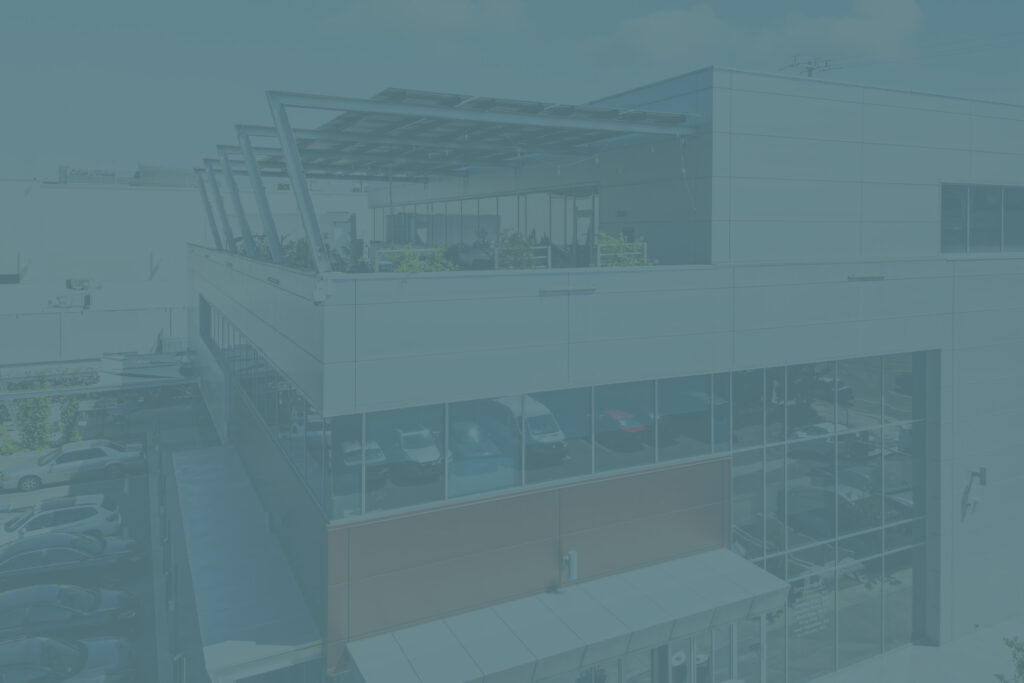
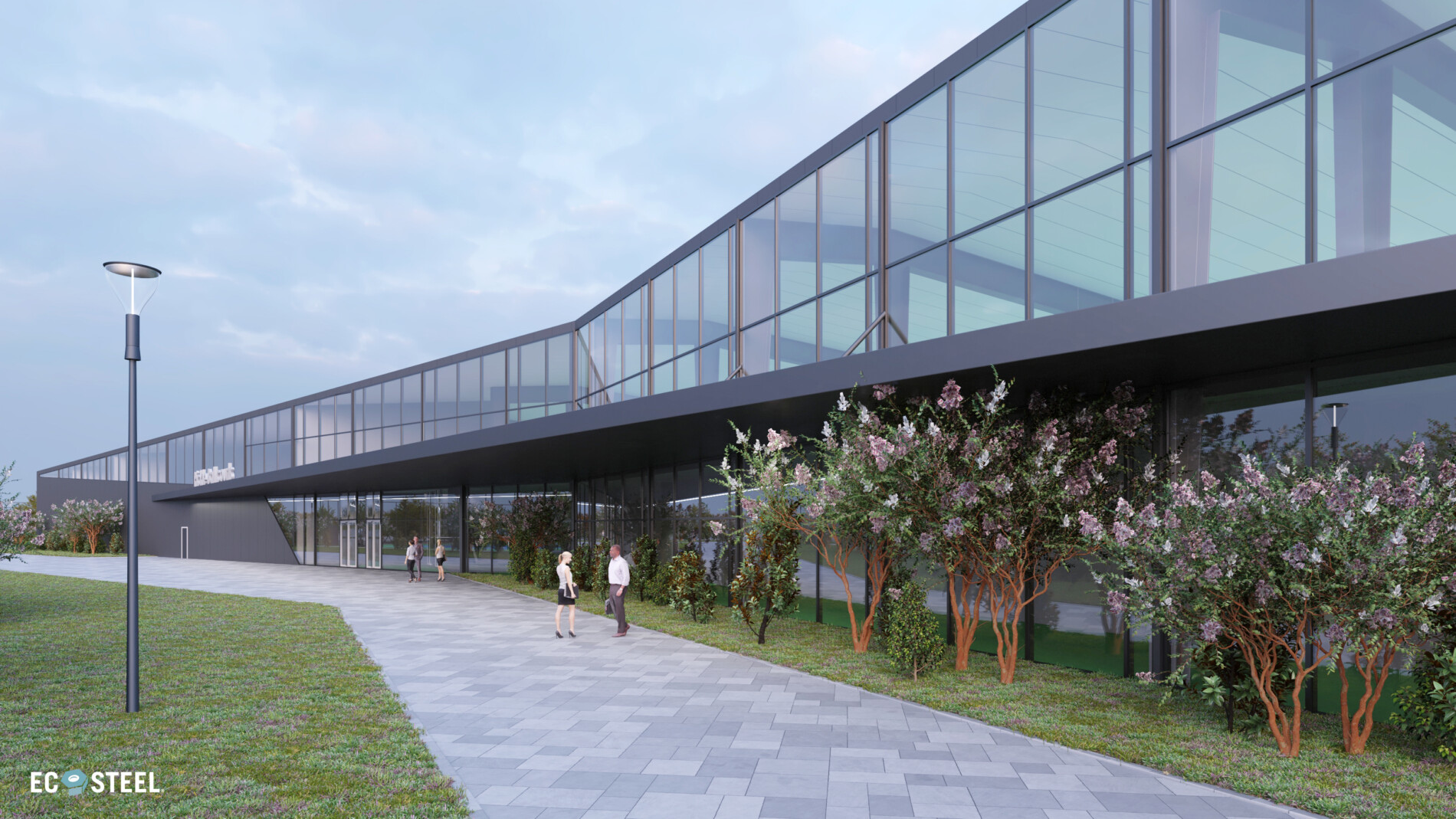
WHY ECOSTEEL?
EcoSteel building systems come in a variety of shapes and sizes, but at their core they all utilize a custom engineered structural steel frame and a high-performance insulated shell. From sub-zero temperatures to dry heat or high humidity, Mother Nature continually tests the limits of building envelopes. While our insulated wall panels are a popular option, sometimes they are substituted or combined with masonry, stone, pre-cast or tilt-up concrete, wood, glass or other architectural wall treatments. The versatility and flexibility of our building systems allows for a myriad of colors, shapes, textures and designs. Today’s building projects require the perfect combination of energy efficiency, creative versatility, and reduced construction cost.
